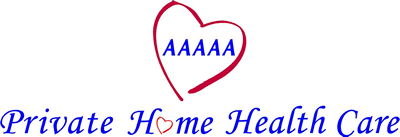Family Golf Month
July is Family Golf Month!
At Private Home Health Care, we love golf, as well as spending time with family!
The Professional Golfers Association celebrates Family Golf Month every year in July. Originally an idea that came out of a charity event in the form of National Golf Day, Family Golf Month is now celebrated for a whole month. It encourages family and friends to try their hand at golf and have a good time.
Family Golf Month is a great opportunity for healthy living. Golf is fantastic for physical as well as mental health. It is a low-impact sport that is available to players of different skill levels and physical abilities. As with any physical activity, golf promotes heart health. Golf keeps your heart rate up for hours as you walk and play. This can help reduce the risk of heart disease and many other illnesses.
Time spent outdoors while playing golf is great for your health. Being surrounded by nature is known to help alleviate stress and anxiety. Exposure to sunlight lets the body soak up Vitamin D, which helps promote bone growth as well as reduce depression.
Family Golf Month is a wonderful opportunity for family bonding. Playing golf with loved ones promotes healthy competition and creates fond memories. Strong social ties are important for a healthy and high quality life. In honor of Family Golf Month, Private Home Health Care encourages you to get your relatives out on the putting greens!
Posted in: Healthcare
Leave a Comment: (0) →








